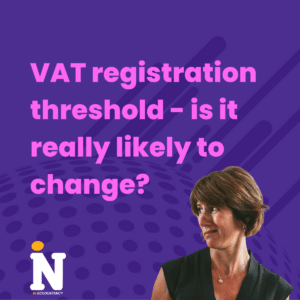The Government wants to offer help to existing pensioners and people who reach State Pension age before 6 April 2016, when the single-tier pension is introduced, to give:
- ‘people in the pre single tier population, who may have lost out because of the structure of the legacy second pension system, the opportunity to increase their state pension in retirement
- hard pressed pensioners, especially those who rely on their capital to supplement their income, an opportunity to top up their pension in a way that will protect them from inflation and
- people with small amounts of pension saving a secure way of achieving an income.’
The Government intends to introduce Class 3A in October 2015 and the scheme will be open for a limited period. There will be two entitlement conditions:
- contributors must have entitlement to a UK State Pension (either basic State Pension or additional State Pension) and
- must reach State Pension age before 6 April 2016.
‘Prices will reflect the age an individual takes up Class 3A. This is a key component of an actuarially fair price. Prices will be lower for older pensioners simply because on average they will have a shorter life in retirement at the point they take up Class 3A. The Government intends to publish a list showing prices of a unit by age.
Class 3A will not replace the existing Class 3…The Class 3A information products will make clear that individuals should consider making Class 3, contributions where that is possible, before taking up Class 3A. HMRC intend to identify applicants in that position and inform them of the option.
Each Class 3A contribution will result in the acquisition of a unit of extra pension which will increase the contributor’s additional State Pension by £1 a week up to a cap of potentially £25.’
‘We estimate that around 7 million pensioners will have enough savings to pay the new National Insurance contribution.’
‘Class 3A will be set at an actuarially fair rate which means that over time the policy will be broadly cost neutral. This reflects the funding position of the single tier and means that today’s workers will not have to fund the policy.’
We will keep you informed of further announcements.






